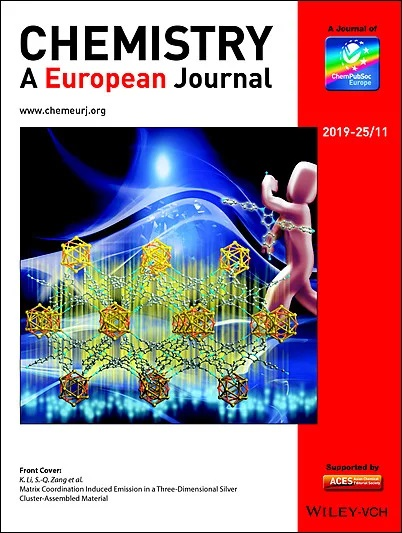Perovskite solar cells, composed of a mixture of methylammonium (MA) and formamidinium (FA) cations [in the benchmark proportions of (FAPbI3)0.85(MAPbBr3)0.15] and titania as an electron accepting material, were prepared under different conditions. The objective was to find correlations between the solar cell performance and several important stationary and dynamical parameters of the material. The effects of humidity, oxygen, the use of anti‐solvent, the presence and quality of mesoporous titania layer were investigated. It is found that an increase in the photocurrent corresponds to a higher content of the desired cubic perovskite phase and to increased long‐wavelength absorption of the sample. On the contrary, for poorer quality cells additional short‐wavelength bands in both absorption and emission spectra are present. Furthermore, higher photocurrent of the cells is correlated with faster interfacial charge transfer dynamics. For the highest photocurrent of >20 mA/cm2, the characteristic times of about 1 µs are observed by electrochemical impedance spectroscopy and emission half‐lifetimes, of about 6 ns, by time‐resolved fluorescence spectroscopy (when excited with 420 nm pulses of ~0.5 mW power). Both first and second order rate constants, extracted from the emission measurements, are greater for the cells showing higher photocurrents, probably due to a more rapid charge injection.

